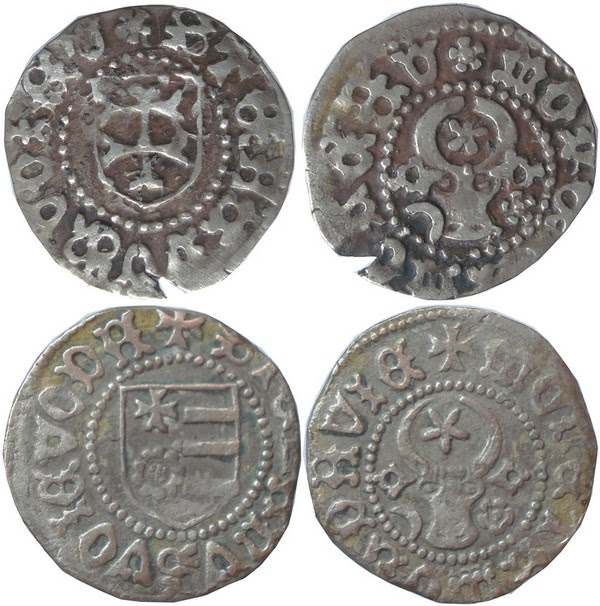On Wednesday, November 21 at 15.00, the World Press Photo - 2018 exhibition, one of the world's most important photographic competition was opened at the National Museum of History of Moldova, returning to Chișinău for the second consecutive year. The event was organized by the World Press Photo Foundation in the Netherlands, in partnership with the Independent Journalism Center, with the support of the Embassy of the Kingdom of the Netherlands.
The event was attended by representatives of the diplomatic corps accredited in Chișinău, journalists, photographers, students. The audience was welcomed by H.E. Stella Ronner-Grubacic, the Ambassador of the Kingdom of the Netherlands to Chișinău, headquartered in Bucharest; Sanne Schim van der Loeff, World Press Photo Foundation, Netherlands; Nadine Gogu, executive director of the Center for Independent Journalism; Photojournalist Nicolae Pojoga.
Sanne Schim van der Loeff, in her speech, highlighted the fact that the exhibition has the title "History that Matters". "Every year, the World Press Photo Foundation encourages journalists to capture the events that happen all over the world. This is a form of freedom of expression, which has become a necessity, a right that can not be questioned. We urge journalists to come out and capture reality. The exhibition contains not only shocking images but also compelling images that demonstrate that regardless of the problems they face, people find ways to fight for happiness", said Sanne Schim van der Loeff.
The first edition of World Press Photo was held in 1955 when a group of Dutch photographers organized a competition to exhibit their work in front of an international audience, during the years became one of the most prestigious photo competitions and visual journalism in the world.
This year, at its 61st edition, the competition gathered around 5,000 photographers from 125 countries, which submitted over 73,000 images. The jury has awarded 45 photographers from 25 countries: Australia, Brazil, Canada, Chile, China, Czech Republic, Finland, France, Germany, Hungary, India, Iran, Italy, Pakistan, Philippines, Romania, Russia, South Africa, Spain, Sweden, Syria, New Zealand, Turkey, the United Kingdom and the USA. The World Photo of the Year award was awarded this year to Venezuelan photographer Ronaldo Schemidt for "The Crisis of Venezuela" photo. This is the image of a man in flames during the protests in Venezuela. The photo was also winner in the category Spot News Single and illustrates the arson of José Víctor Salazar Balza during violent clashes with police forces in a protest against President Nicolás Maduro in Caracas, Venezuela. Salazar got fire when the gas tank of a motorcycle exploded. He survived the incident with grade I and II burns.
The annual international exhibition "World Press Photo" is traveling all over the world. It is mounted in nearly 100 spaces in over 45 countries and is visited by about 4.5 million people each edition. Prior to arriving in Chișinău, the exhibition was organized in Amsterdam, Milan, Tokyo, Rome, Seville, Barcelona, Hamburg, Zurich, Dortmund, Berlin, Auckland, Ottawa, Santiago, Edinburgh, Copenhagen, Toronto, Madrid, Singapore, Islamabad, etc.
The World Press Photo - 2018 Exhibition, exhibited in Chișinău, includes 137 photographs that capture major realities and events that have marked the world, photos made throughout 2017 in different countries of the world.
We invite you to learn the life stories behind the photographs at the National Museum of History of Moldova from November 22 to December 12, 2018.


















































